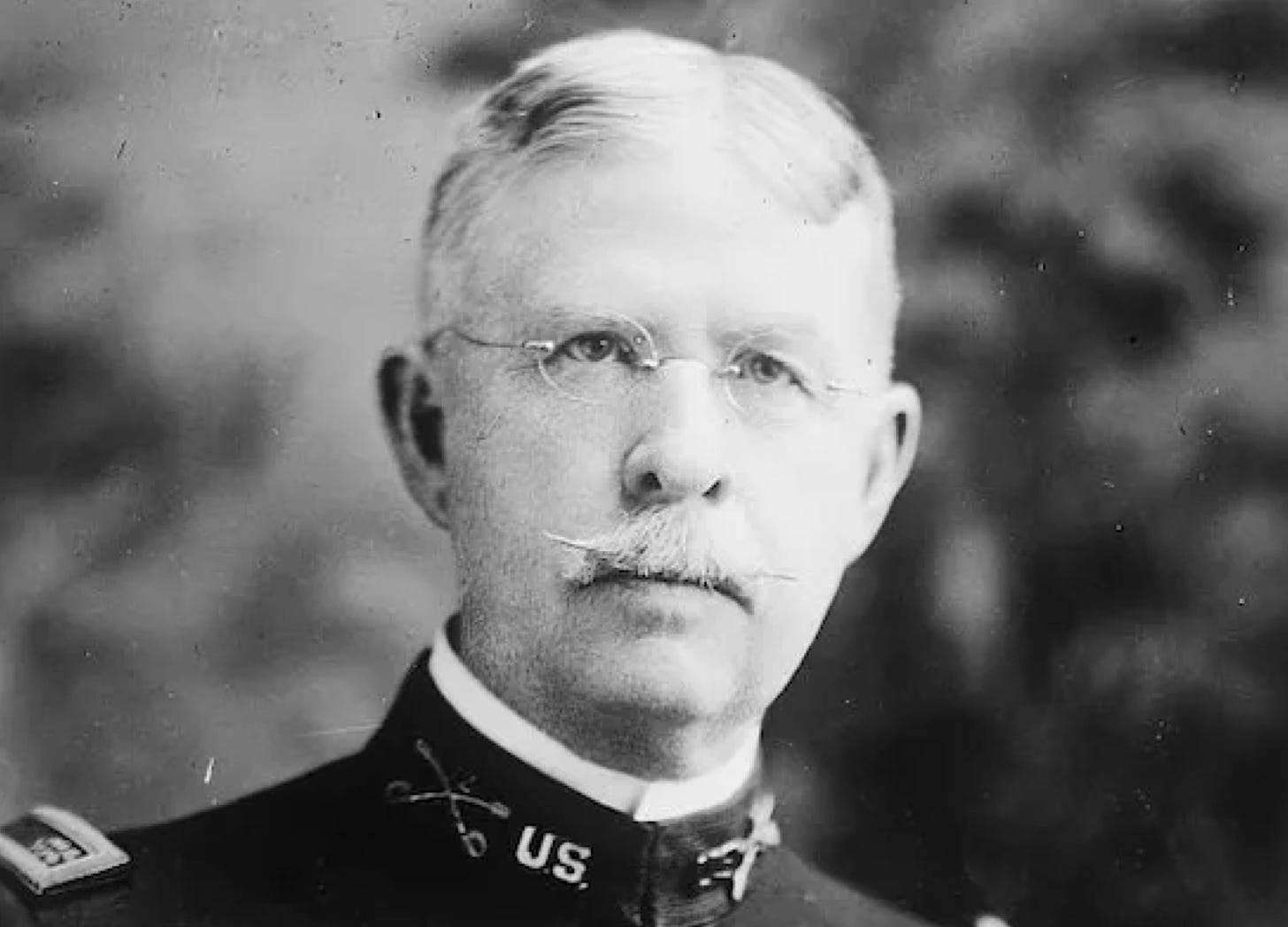The Paradox of the Five Paragraph Order
In 1897, the Journal of the Military Service Institution of the United States published a substantial essay under the title of “The Lyceum at Fort Agawam.” Written by Eben Swift of the 5th US Cavalry, this remarkable article laid out, in considerable detail, a plan for the professional education of officers stationed at an imaginary post located on the furthest extremity of America’s “most distant possession.” In the course of doing this, Captain Swift introduced a format for tactical orders that would, over the course of the following century, come to play a central role in the operational culture of both the United States Army and the United States Marine Corps.
Swift modeled his five-line format, which would eventually evolve into the “five paragraph order,” after the sequence of elements he found in the field orders showcased by Julius von Verdy du Vernois (1832-1910) in his Contribution to the Wargame (Beitrag zum Kriegsspiel.) ( Swift had recently translated into English, and adapted for American readers, a French translation of that book.)1
The sequence used by Verdy, an officer of the Prussian General Staff, was in keeping with the customs of that organization, and, in particular, the Field Service Regulations (Felddienst-Ordnung) that it prepared for the use of the Prussian Army as a whole. It began with a description of a the general situation and the mission assigned to the commander. It ended with arrangements for logistics and communications. (These usually took the form of the locations of the baggage train and the command post.) In the middle of both the Prussian sequence and the format proposed by Swift, the reader of the order could find the tasks assigned to subordinates.
In the years after the American debut of the five-line format, Swift’s enthusiasm for it increased. In “The Lyceum at Fort Agawam,” he had raised the possibility that an officer who had mastered the art of composing orders might be able to dispense with the sequence. Nine years later, in a pamphlet devoted to the elaboration of his framework, he argued that “it is also found that officers who have once been instructed in this way will, even after long experience, closely follow the accepted model.”2
Strange to say, as Swift grew fonder of the five-line format, the Prussian Army began to distance itself from the model that had inspired its creation. Thus, while the edition of the Field Service Regulations published in 1908 retained the conventional format for orders for units that had yet to make contact (Operationsbefehle), it gave the commander the option of omitting any paragraph that he deemed to be unnecessary. Moreover, when it came to orders for units in contact (Gefechtsbefehle), the Prussian manual forbade the use of any particular format (Schema.)3
For more about Eben Swift and his enduring influence on American military institutions, see Bruce I. Gudmundsson, “The Operational Cultures of American Ground Forces” in Mikael Weissmann and Niklas Nilsson, editors, Advanced Land Warfare: Tactics and Operations, (Oxford: Oxford University Press, 2023.) (The first link will take you to a free PDF of the article, the second to a free PDF of the complete book.)
For Comments Published Soon After this Post Made its Debut:
For Further Reading:
To Support, Subscribe, or Share:
Julius von Verdy du Vernois (Eben Swift, translator) A Simplified War Game (Kansas City: Hudson-Kimberly, 1897.) The French translation from which Swift worked seems to be that of Matthieu Morhange, which was published as Essai de Simplification du Jeu de Guerre (Brussels: C. Muquardt, 1877.)
Eben Swift Field Orders, Messages, and Reports (Washington, DC: War Department, 1906) page 15
Prussia (Germany) Kriegsministerium, Felddienst-Ordnung (Berlin: E.S. Mittler, 1908) pages 20-22







The 5 paragraph order is a way to train the mind to issue orders. The intellectually limited will follow the format in a plodding manner. The adept commander will issue the appropriate portions but not be hamstrung by the process. The most gifted, front line commanders are the masters of the Frag Order.